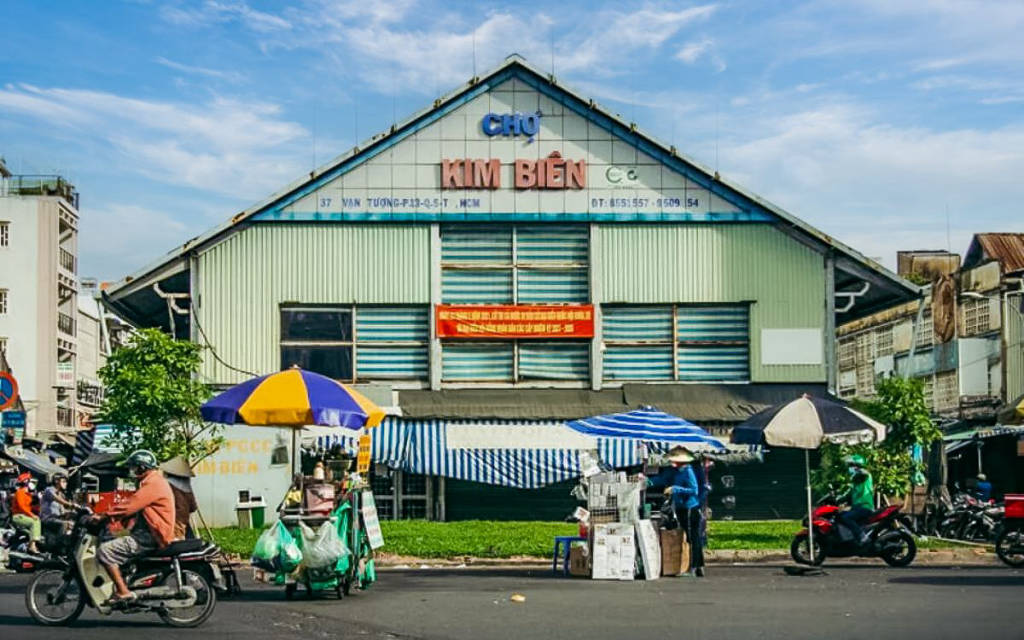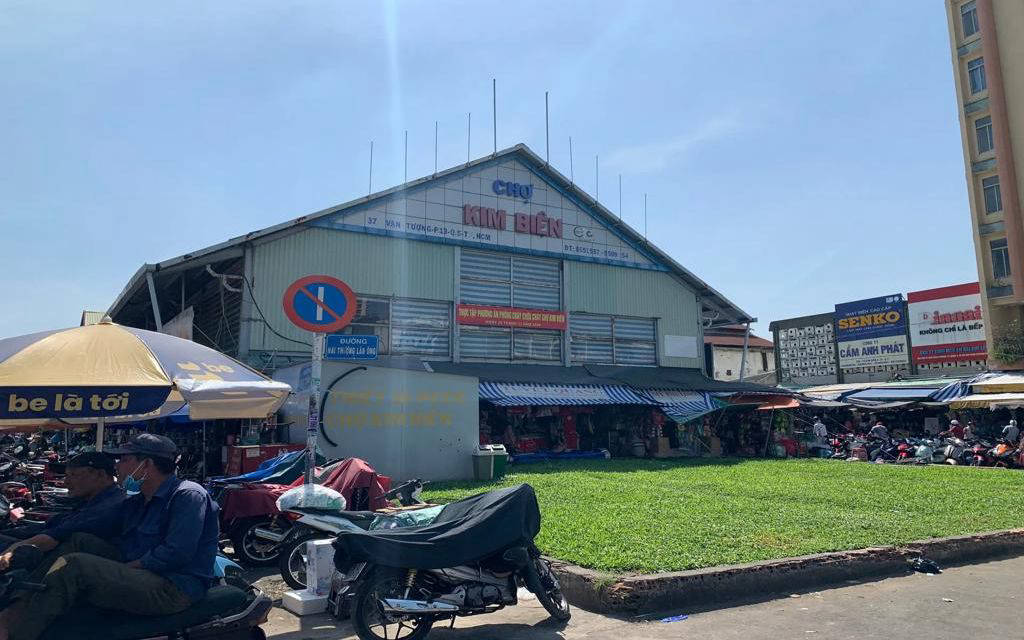1. Where is Kim Biên Market located?
Kim Biên Market is located in Ward 13, District 5, right in the heart of Ho Chi Minh City. This convenient location has made it a key trading hub since its founding in the 1960s.
Initially established to serve the Chinese-Vietnamese community in Saigon, Kim Biên Market has since grown into a major commercial center, attracting merchants from all over the country looking for Kim Biên wholesale sources.
2. What can you buy at Kim Biên Market?
2.1. Chemicals and Food Additives
Kim Biên chemical market is renowned for supplying industrial and food-grade chemicals. You'll find chemical shops at Kim Biên Market selling colorants, fragrances, preservatives, and more. Today, chemical sales are tightly regulated to ensure safety.
2.2. Electronics and Appliances
From basic electronic parts to fully functional devices, Kim Biên Market in Ho Chi Minh City caters to tech lovers and repair technicians alike.
2.3. Industrial & Manufacturing Materials
The market also offers materials like rubber, plastic, fabrics, and even acts as a cosmetic wholesale market in Ho Chi Minh City.
2.4. Household Items and Decorations
You’ll find a range of home goods such as dishes, cups, and small decorative items throughout the market.
2.5. Fashion and Cosmetics
The cosmetics and fashion section is always busy, with plenty of options at affordable prices.
3. Shopping Experience at Kim Biên
Once you enter Kim Biên Market, the bustling atmosphere immediately stands out. Stalls are densely packed, categorized by product type for easy navigation.
Vendors are known for their quick service and friendly approach. With witty greetings and skilled negotiation, shopping here is also an insight into local business culture.
You can also browse Kim Biên Market online, where many vendors now showcase their goods through e-commerce platforms.
4. Kim Biên Market – An Icon of Saigon
Beyond being a trading center, Kim Biên Market is a cultural symbol of Ho Chi Minh City. Whether you're a curious tourist or a savvy businessperson, the market offers an unforgettable experience and a peek into the city’s dynamic commerce.
5. Tips for Visiting
Inspect carefully before purchasing – as a wholesale market, quality varies.
Be cautious with chemicals – only buy from certified, reputable shops.
Mind your belongings – stay alert in crowded areas.
 Register
RegisterSign in Travel Agent
Sign in Supplier
Sign in Affiliate
Sign in Guru





 Đường Kim Biên, phường 13, Quận 5, TP. Hồ Chí Minh, Việt Nam
Đường Kim Biên, phường 13, Quận 5, TP. Hồ Chí Minh, Việt Nam